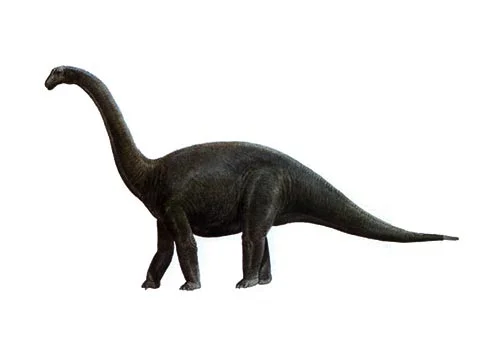Cetiosaurus (Whale lizard)

Seet-e-oh-sore-us
Richard Owen - 1842
Herbivore
Estimated 15-20 meters long
Sauropod
C. brevis, C. longus, C. medius, C. mogrebiensis, C. oxoniensis
England, France, Morocco
Late Jurassic, 160 million years ago
Cetiosaurus Facts
Cetiosaurus, also known as the whale lizard, is a genus of sauropod dinosaurs that lived during the late Jurassic period. The genus name “Cetiosaurus” is derived from the Greek words “ketos” meaning “whale” and “sauros” meaning “lizard”. Cetiosaurus was first described and named by English geologist and paleontologist Richard Owen in 1841.
Cetiosaurus was a large dinosaur, with estimates of its length ranging from 15 to 20 meters. Despite its size, it was a relatively slender animal, with a long neck and tail. Its weight was estimated to be around 10 tons. Cetiosaurus was a herbivore, with a long neck and powerful jaws that allowed it to reach high into trees to feed on leaves.
Fossils of Cetiosaurus have been found in several locations in England, as well as in other countries including France and Germany. The bones that have been discovered indicate that Cetiosaurus lived in herds, which is not uncommon among sauropod dinosaurs.
The discovery of Cetiosaurus helped to provide scientists with a better understanding of the anatomy and biology of sauropod dinosaurs. It also gave insight into the diverse fauna that lived during the late Jurassic period, which was characterized by the presence of giant dinosaurs and other massive creatures.
Overall, Cetiosaurus is a fascinating dinosaur species that continues to capture the imagination of both scientists and the general public. The discovery of more fossils and additional research into this species will likely continue to shed new light on the ancient world and the creatures that lived in it.



